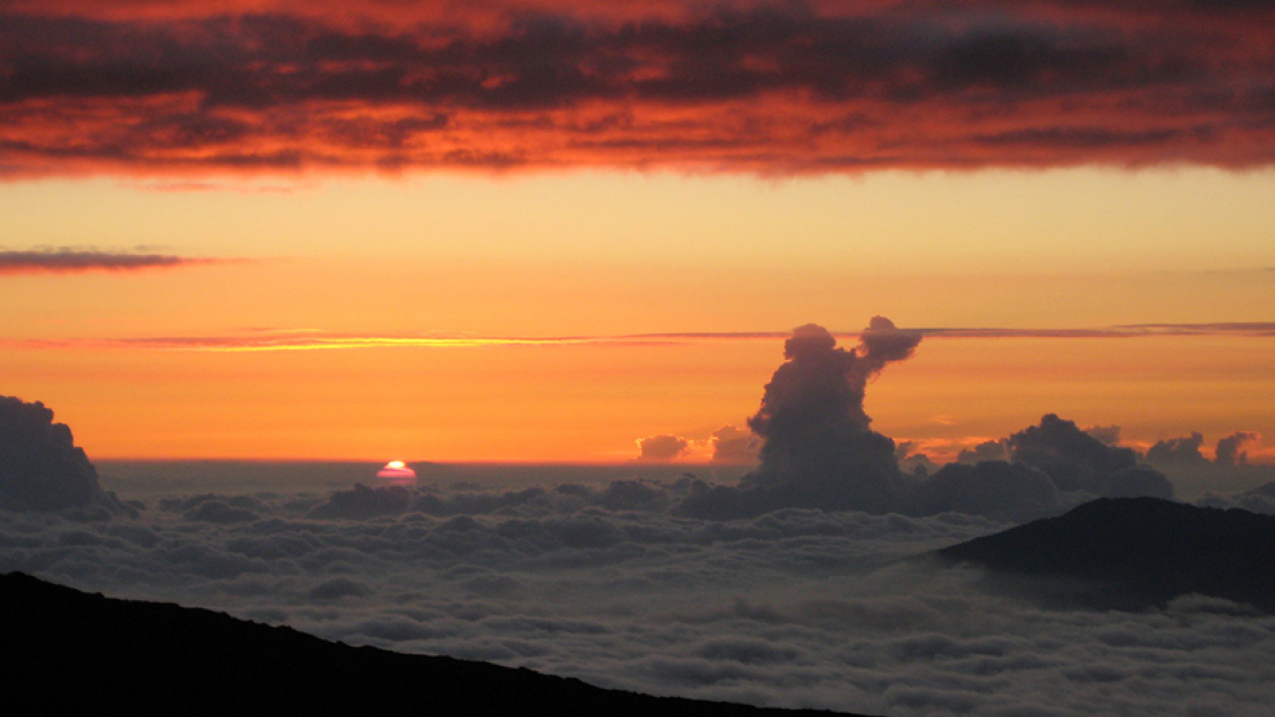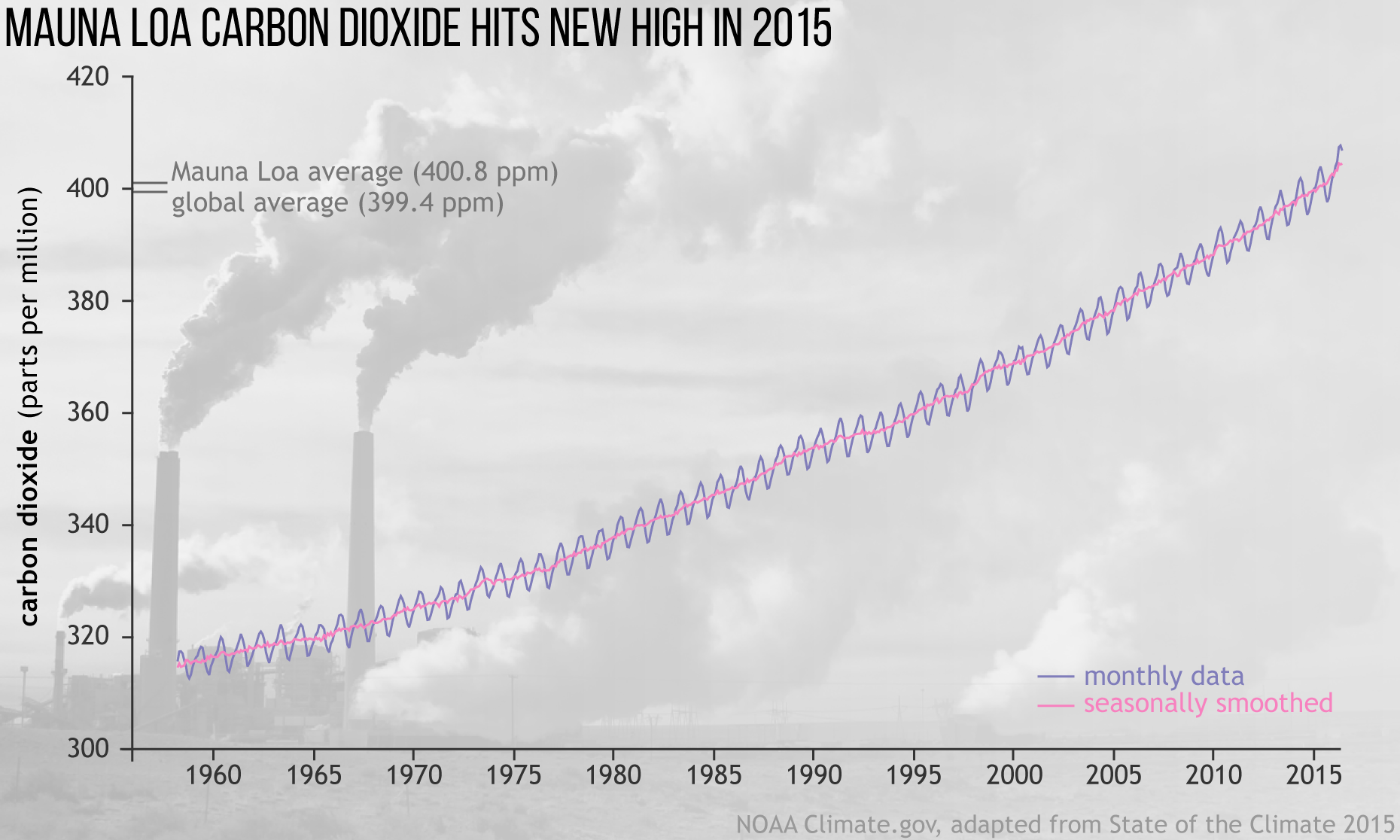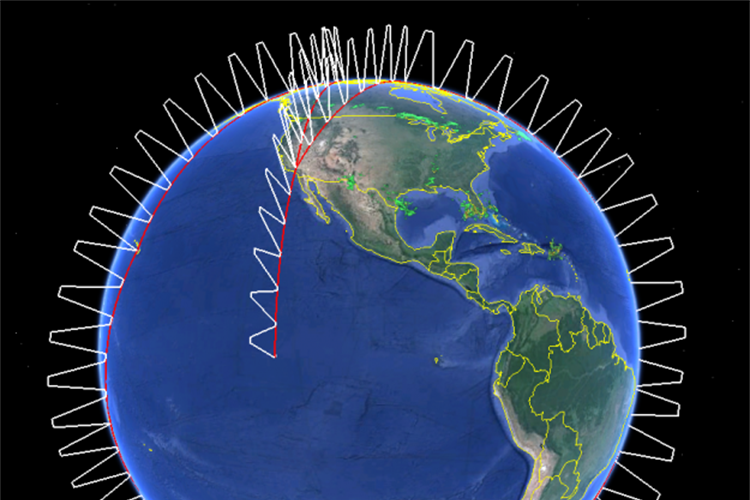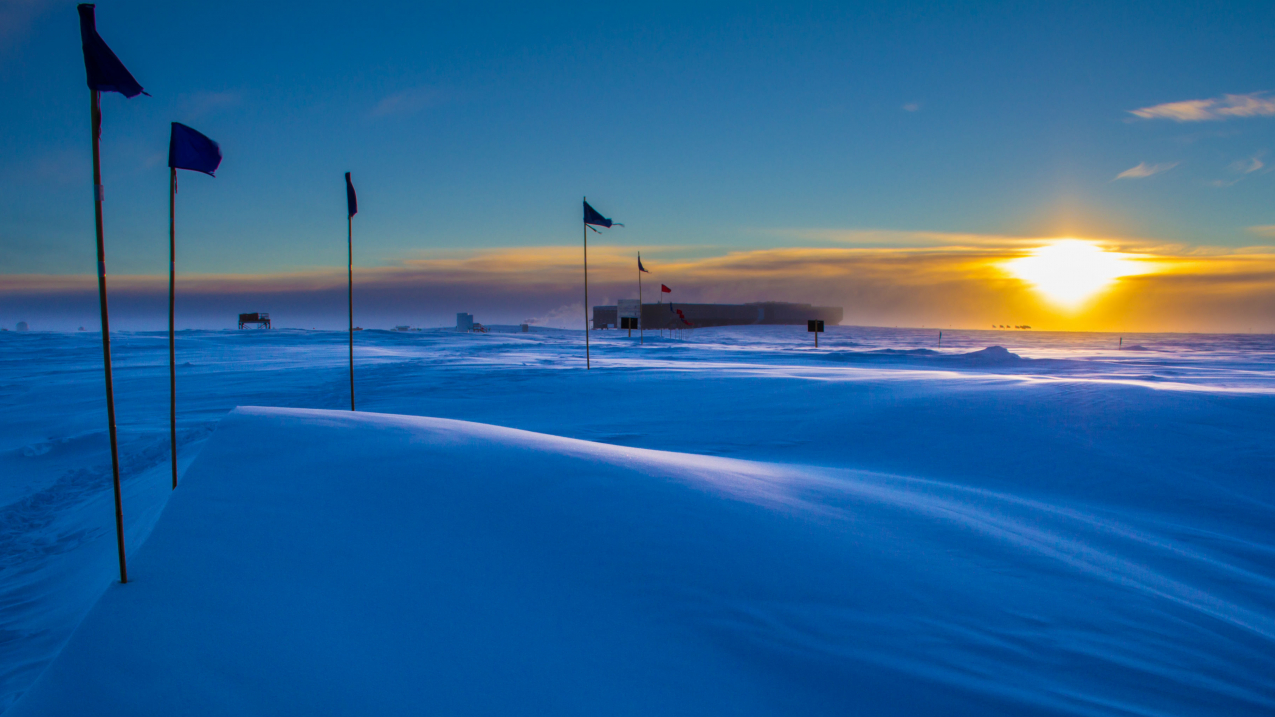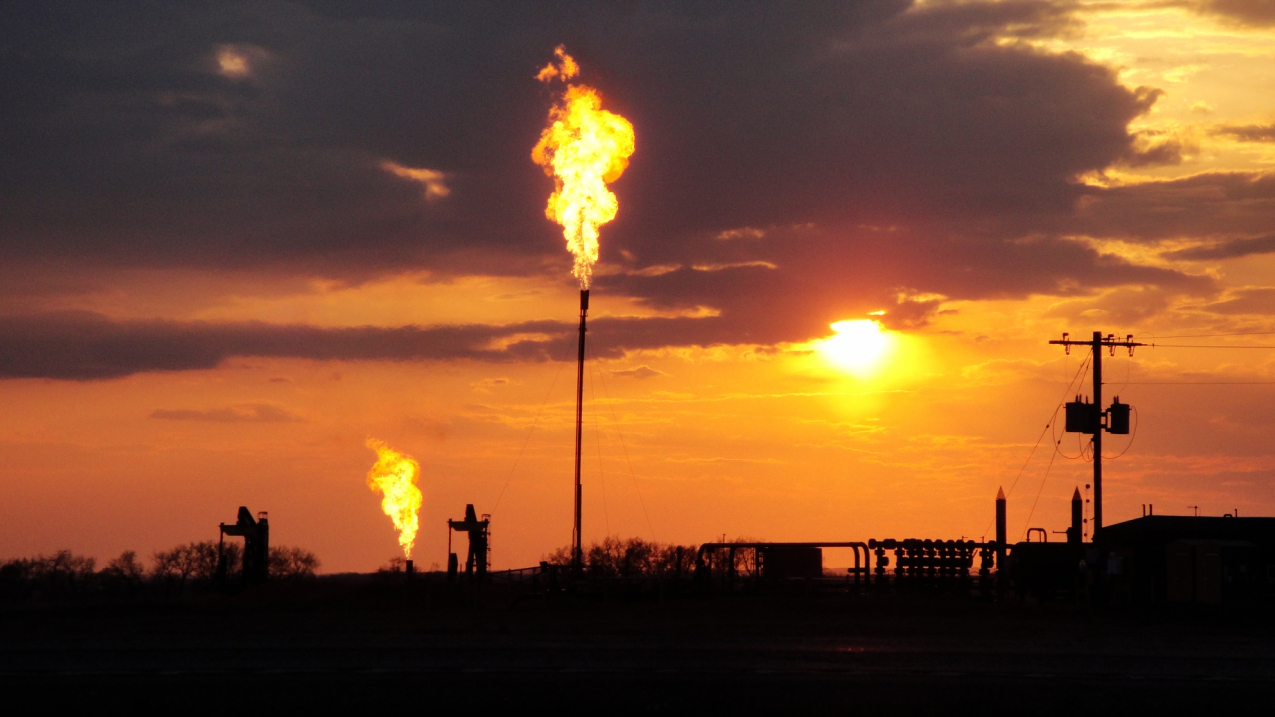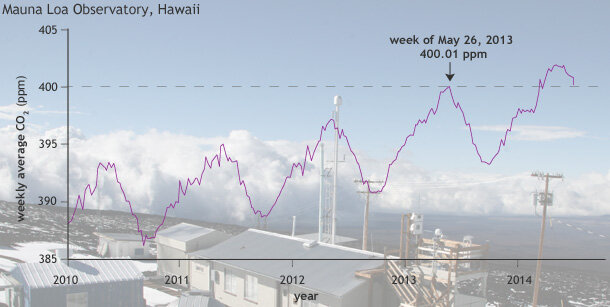News

March 22, 2019
Global carbon dioxide growth in 2018 reached 4th highest on record
By the end of 2018, NOAA’s atmospheric observatory at Mauna Loa recorded the fourth-highest annual growth in the concentration of atmospheric carbon dioxide (CO2) in 60 years of record-keeping.October 31, 2018
Study sheds light on persistent gap in natural gas methane emissions measurements
It’s a question that’s puzzled policymakers, researchers and regulatory agencies for years: How much methane is being emitted from natural gas operations across the U.S.? And why have the two main estimation methods applied across U.S. oil and gas basins always seem to disagree?June 7, 2018
Another climate milestone on Mauna Loa
Carbon dioxide levels measured at NOAA’s Mauna Loa Atmospheric Baseline Observatory averaged more than 410 parts per million in April and May, the highest monthly averages ever recorded, scientists from NOAA and Scripps Institution of Oceanography at the University of California San Diego announced today.May 30, 2018
NOAA’s greenhouse gas index up 41 percent since 1990
NOAA’s Annual Greenhouse Gas Index, which tracks the warming influence of long-lived greenhouse gases, has increased by 41 percent from 1990 to 2017, up 1 percent from 2016 -- with most of that attributable to rising carbon dioxide levels.July 12, 2017
After 2000-era plateau, global methane levels hitting new highs
Following a plateau in the early 2000s, global concentrations of the powerful greenhouse gas methane have hit new highs in recent years. Chemical fingerprint tests seem to rule out a major role for fossil fuels. With more than half a dozen possible natural and human sources, how will scientists figure out where it's coming from?June 12, 2017
As Alaska's North Slope warms, greenhouse gases have nowhere to go but up
The amount of carbon dioxide (CO2) being released from tundra in the northern region of Alaska during early winter has increased 70 percent since 1975, according to a new regional climate paper by scientists participating in a research project funded by NOAA and NASA.March 13, 2017
Carbon dioxide levels rose at record pace for 2nd straight year
Carbon dioxide levels measured at NOAA’s Mauna Loa Baseline Atmospheric Observatory rose by 3 parts per million to 405.1 parts per million (ppm) in 2016, an increase that matched the record jump observed in 2015.August 2, 2016
2015 State of the Climate: Carbon Dioxide
Using measurements taken worldwide, scientists estimated that 2015’s global average carbon dioxide concentration was 399.4 parts per million (ppm), a new record high. At Mauna Loa Observatory in Hawai’i, where atmospheric carbon dioxide has been recorded longer than anywhere else in the world, the annual average carbon dioxide concentration was 400.8—also a new record, and a new milestone.July 8, 2016
Atmospheric Tomography Mission (ATom)
The Atmospheric Tomography Mission (ATom) is a NASA-funded multi-agency effort using the NASA DC-8 research aircraft to systematically sample trace gases and aerosols from sea level to the stratosphere on 10 pole-to-pole flights covering the Atlantic and Pacific oceans over the next 3 years. ATom will study the impact of human-produced air pollution on greenhouse gases and on chemically reactive gases in the atmosphere with a focus on ozone, methane, and black carbon, as well as atmospheric particulate matter.June 15, 2016
South Pole is last place on Earth to pass global warming milestone
The Earth passed another unfortunate milestone May 23 when carbon dioxide surpassed 400 parts per million (ppm) at the South Pole for the first time in 4 million years.May 18, 2016
Warming due to carbon dioxide jumped by half in 25 years
Human activity has increased the direct warming effect of carbon dioxide (CO2) in the atmosphere by 50 percent above pre-industrial levels during the past 25 years, according to NOAA's 10th Annual Greenhouse Gas Index .March 10, 2016
Record annual increase of carbon dioxide observed at Mauna Loa for 2015
The annual growth rate of atmospheric carbon dioxide measured at NOAA’s Mauna Loa Observatory in Hawaii jumped by 3.05 parts per million during 2015, the largest year-to-year increase in 56 years of research.September 1, 2014
CarbonTracker-CH4: An assimilation system for estimating emissions of atmospheric methane
The NOAA CarbonTracker-CH4 Data Assimilation Product has been developed as a companion product to NOAA's CarbonTracker (CO2), with the goal of producing quantitative estimates of emissions of methane to the atmosphere from natural and anthropogenic sources for North America and the rest of the world. CarbonTracker-CH4 emission estimates are consistent with observed patterns of CH4 in the atmosphere.July 13, 2014
2013 State of the Climate: Carbon dioxide tops 400 ppm
On May 9, 2013, the daily average concentration of carbon dioxide (CO2) in the atmosphere surpassed 400 parts per million (ppm) for the first time at the Mauna Loa Observatory in Hawaii, where the modern record of observations began back in 1958. Other Northern Hemisphere sites also reported CO2 concentrations exceeding 400 ppm in 2013. By summer, the high concentrations at these sites had dropped as vegetation began taking up carbon dioxide for photosynthesis.June 2, 2014
How NOAA keeps track of carbon dioxide and other greenhouse gases
The extent to which our home planet changes in response to increases in man-made heat-trapping gases is one of the foremost questions for the scientific community, policy makers, and the general public alike. To help answer this question, NOAA’s Global Monitoring Division produces the Annual Greenhouse Gas Index—a yearly report on the combined influence of long-lived greenhouse gases on Earth’s surface temperature.




